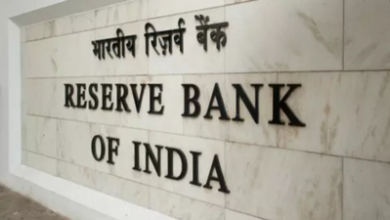
RBI Slashes Repo Rate by 25 Basis Points, Stance Turned Accommodative
In a major announcement during the RBI Monetary Policy Meeting 2025, the Reserve Bank of India (RBI) has reduced the repo rate by 25 basis points, bringing it down from 6.25% to 6%. This marks a clear policy shift aimed at stimulating economic growth amid controlled inflation.
The decision was taken by the Monetary Policy Committee (MPC) in its April 2025 review. The revised repo rate will now influence lending rates across banks, offering potential relief for borrowers.
Alongside the repo rate, the Standing Deposit Facility (SDF) and Marginal Standing Facility (MSF) rates have also been adjusted by 25 basis points each. These changes align with the central bank’s effort to enhance liquidity and foster economic momentum.
The RBI also altered its policy stance from ‘neutral’ to ‘accommodative’, indicating a readiness to support growth further, if necessary. This change opens the door for more easing in the future, depending on economic data.
Experts believe this move by Governor Shaktikanta Das and the MPC comes at a time when inflation is within target and growth indicators need a boost. The accommodative stance signals more flexibility in the months ahead.
The central bank reiterated its commitment to anchoring inflation while being responsive to evolving macroeconomic conditions. With the new repo rate at 6%, there is growing optimism in the market regarding an upswing in credit flow and investment.
The policy shift is expected to positively impact sectors like real estate, auto, and MSMEs, which rely heavily on lending rates. Investors are also closely watching how banks pass on the benefits of the reduced rate to consumers.
This is the first rate cut in 2025, and financial analysts are expecting more supportive measures if economic challenges persist. The RBI’s accommodative posture gives it room to maneuver in the coming quarters.
With this move, the Reserve Bank of India has set the tone for a pro-growth monetary policy in the current financial year. Markets responded positively, and bond yields showed signs of easing.










